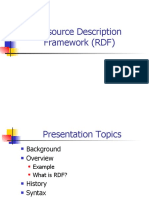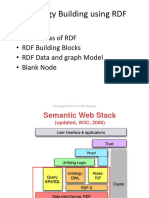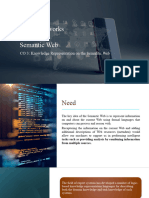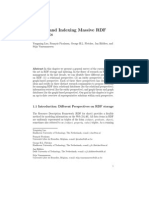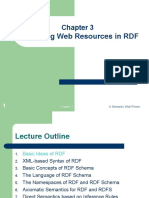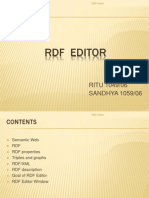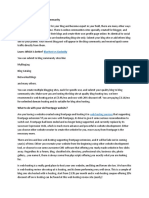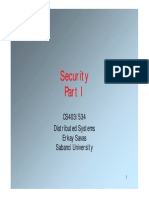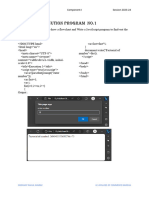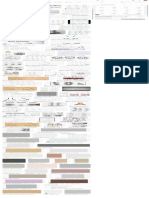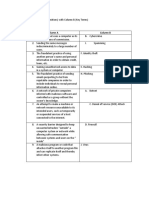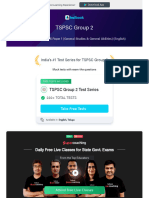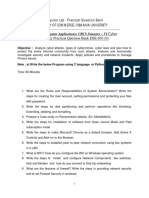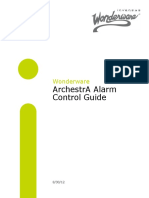0% found this document useful (0 votes)
84 views43 pagesIntroduction To RDF & Sparql: Presentation Metadata
Sparql training
Uploaded by
Fatima SadiqCopyright
© © All Rights Reserved
We take content rights seriously. If you suspect this is your content, claim it here.
Available Formats
Download as PDF, TXT or read online on Scribd
0% found this document useful (0 votes)
84 views43 pagesIntroduction To RDF & Sparql: Presentation Metadata
Sparql training
Uploaded by
Fatima SadiqCopyright
© © All Rights Reserved
We take content rights seriously. If you suspect this is your content, claim it here.
Available Formats
Download as PDF, TXT or read online on Scribd
/ 43













